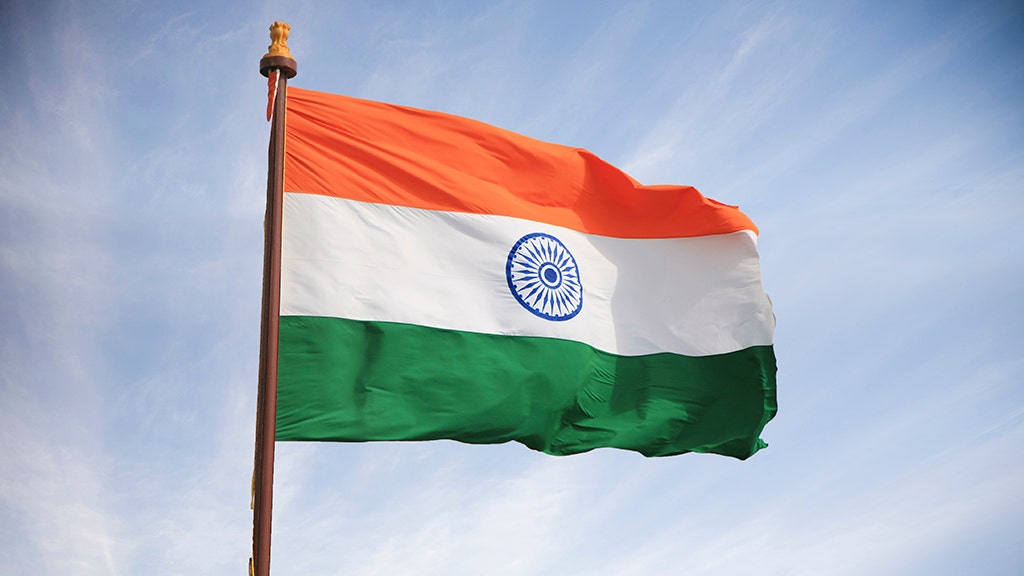Paragraph 1: The Incident
On a seemingly ordinary Wednesday, a tragic maritime accident unfolded off the coast of Mumbai, India’s bustling financial and entertainment hub. A high-speed Indian Navy speedboat, undergoing engine tests, lost control and collided with a passenger ferry, the "Neelkamal." The ferry, carrying over 100 passengers, predominantly tourists, was en route to Elephanta Island, a renowned tourist destination famed for its ancient cave temples. The impact of the collision resulted in the capsizing of the ferry, plunging its occupants into the Arabian Sea.
Paragraph 2: Rescue Operations
Immediately following the collision, a large-scale rescue operation was launched. The Indian Navy, along with civilian vessels and helicopters, raced against time to save those thrown overboard. A fleet of 11 naval crafts and four helicopters were deployed to the scene, combing the waters for survivors. The collaborative efforts of the rescue teams managed to pluck 99 ferry passengers from the sea, ensuring their safety and providing them with immediate medical attention. The rescued individuals were transported to nearby jetties and hospitals for further evaluation and treatment.
Paragraph 3: Casualties and Aftermath
Despite the swift and comprehensive rescue operation, the accident resulted in the tragic loss of 13 lives. The fatalities included one navy personnel and two other individuals who were aboard the navy speedboat at the time of the collision. The remaining ten casualties were passengers of the ill-fated ferry. The incident sent shockwaves through the local community and across the nation, casting a somber pall over what was supposed to be a day of leisure and exploration.
Paragraph 4: Investigation and Accountability
Following the tragedy, the Indian Navy initiated a thorough investigation to determine the precise cause of the speedboat’s loss of control. Preliminary reports suggested that the vessel experienced mechanical difficulties during the engine tests, leading to the unforeseen and devastating collision. The investigation aims to ascertain the sequence of events leading up to the accident, identify any potential human error or equipment malfunction, and recommend measures to prevent similar incidents in the future. The findings of the investigation will be crucial in holding accountable any parties responsible for the tragedy and ensuring the safety of maritime activities in the region.
Paragraph 5: Impact on Tourism and Local Community
The accident significantly impacted the local tourism industry and the community surrounding Elephanta Island. The island, a UNESCO World Heritage site, is heavily reliant on tourism, and the tragedy temporarily disrupted the flow of visitors. The incident also highlighted the need for enhanced safety measures and stricter regulations for maritime operations, particularly in areas with high tourist traffic. The local community rallied to support the affected families and provide assistance to the survivors, demonstrating resilience and solidarity in the face of adversity.
Paragraph 6: Reflections and Moving Forward
The tragic ferry accident serves as a stark reminder of the importance of maritime safety and the need for constant vigilance. It underscores the critical role of well-maintained vessels, properly trained personnel, and stringent safety protocols in preventing such catastrophes. The incident also highlights the human cost of accidents at sea and the devastating impact on individuals, families, and communities. As the investigation progresses and the community heals, the lessons learned from this tragedy must be incorporated into future maritime practices to ensure safer waters and prevent similar incidents from occurring. The memory of those lost will serve as a constant reminder of the importance of prioritizing safety and upholding the highest standards of maritime operations.










